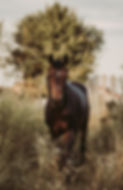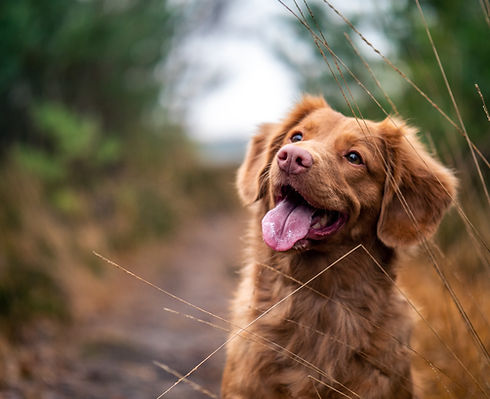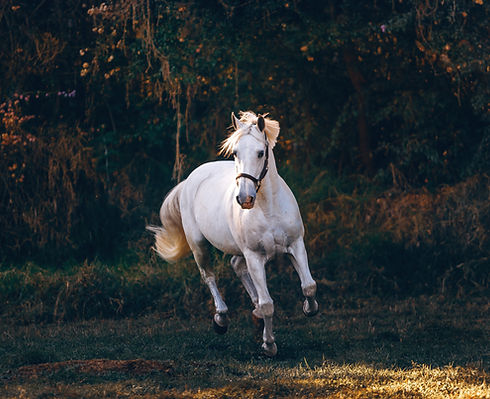Animal Osteopathy

Animals of all types benefit from osteopathic treatment, including sheep dogs, racing greyhounds, gun-dogs, agility dogs, horses, wildlife and zoo animals.
The work required by each animal places particular stresses on the animal’s structure. Greyhounds always race in the same anti-clockwise direction, which places a great deal of pressure on the left-side of the body due to “race leaning”. Agility dogs race against the clock turning and twisting at high speeds, over, under and around obstacles. This demands a well-balanced and supple musculo-skeletal system.
Not only do the strains placed on an animal manifest as a mechanical problem, the pain can often be mistaken for behavioural problems.
Typical signs of pain in a horse are head shaking, bucking, and shyness. Dogs display signs of collar pulling, subdued behaviour, anxiety, and aggression.
Osteopaths have the skills to enhance a speedier and full recovery from injury. They can identify and treat body tissues that are under strain before injury occurs. This is very important in maintaining the health and performance of any animal.
What can be treated?
-
Lameness
-
Stiffness/Arthritis
-
Helping the mother to recover after birth
-
Osteochondrosis
-
Osteochondritis Dissecans
-
Lumbo-sacral Disease
-
Inter-vertebral Disc Disease
-
Hip Dysplasia
-
Ligament Rupture & Strains
-
Muscle/tendon Strains
-
Developmental Growth Problems
-
Loss of Condition
-
After Foaling
-
Uneven Muscle Development
-
Changes in behaviour
-
Orthopaedic Post-Operative work
Sarah has always had a particular interest in treating animals, attributed to her family farm up bringing, interacting with horses and dogs through training and riding. Her background with animals has enabled a high level of empathy and appreciation for the demands placed on animals, such as the demands riders place on their horses to perform.

Osteopathy for Dogs

Whether your dog is a working dog/competition dog or a loved pet, it will benefit from osteopathic treatment.
There are many conditions dogs are treated for.
Here is a list of a few of them:
-
Injuries-from falls/ running into things/slipping
-
Gait Changes- Lameness/favoring turning one way or a particular leg/unevenness
-
Behavioral Changes
-
Generic –arthritis/maintenance of condition
-
Sprains & Strains
-
Difficulty in movement- not wanting to jump into a car
Your dog is fully examined, a diagnosis reached & treated. Some dogs are referred by their vets. Owners are often given rehabilitation exercises to be done at home, along with massage & stretching.
-
Pain relief
-
Gait mechanics
-
Proprioception
-
Weight Loss
-
Pre/Post Surgery
-
Muscle mass & stamina
Sarah sees small animals at Total Veterinary Services.
She is a member of SOAP & is part of the committee to see the growth of animal osteopathy & to ensure standards/competencies of animal osteopaths is maintained.
Osteopathy for Horses

Whether you have a horse for general riding, hunting, show jumping, eventing, dressage, playing polo or is retired, all can benefit from osteopathic treatment for their well-being.
There are many conditions horses are treated for.
Here is a list of a few of them:
-
Reduced performance
-
Gait changes-lameness/resistance to work/preferring a certain rein
-
Behavioral Changes- rearing/bucking/head shaking/refusing to jump
-
Sprains & Strains
-
Injuries-falls & slips
-
Difficulties too maintain condition.
Rider’s position has a huge influence on the horse & its movement. Thus rider’s injuries/tightness/posture can be causing the noticeable problems in the horse.
Your horse is fully examined, a diagnosis reached & treated. Some horses are referred by their vets. Owners are often given rehabilitation exercises to be done at home, along with massage & stretching.
Saddle fit
The correct saddle is vital for the horse’s spine & bio mechanics. Poorly fitted saddles can create or compound existing problems.

